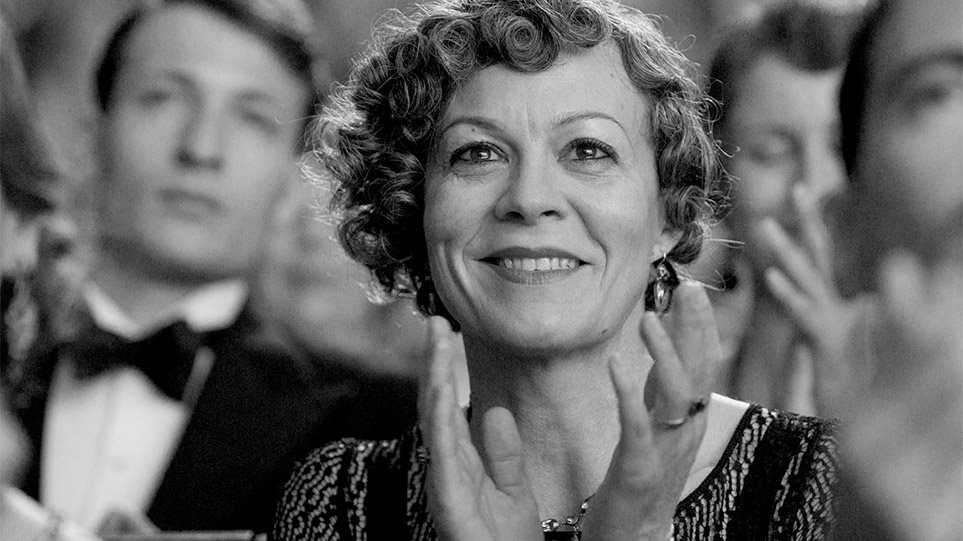Fans of classic war flicks will know the scene – actor Steve McQueen revs his motorcycle furiously as he is chased by German soldiers.
Hoping to use the bike to jump over a barbed wire border fence, and reach safety in Switzerland, he pauses to gather his thoughts by a barn.
On the side of the building is a big poster advertising a best-selling beer.
You don’t remember the billboard advert? Well it might not have been there the last time you watched The Great Escape, but it could well be the next.
Product placement in films is almost as old as the movie industry itself. The first example of the phenomenon is said to be the 1919 Buster Keaton comedy The Garage, which featured the logos of petrol firms and motor oil companies.
Biden administration reportedly weighing cutting cigarette nicotine levels
Spider web music: An inspiring harmony of art & science (video)
Fast-forward to 2019, and the total global product placement industry, across films, TV shows and music videos, was said to be worth $20.6bn (£15bn) that year, according to a report by data analysis firm PQ Media. It is highly lucrative to get a show’s leading actor to wear a certain item of clothing, or drink a particular coffee, or drive a specific car.
But while previously the product had to actually, physically be there when the shots were filmed, the advertising industry is now turning to technology that can seamlessly insert computer-generated images.
Read more: BBC






































